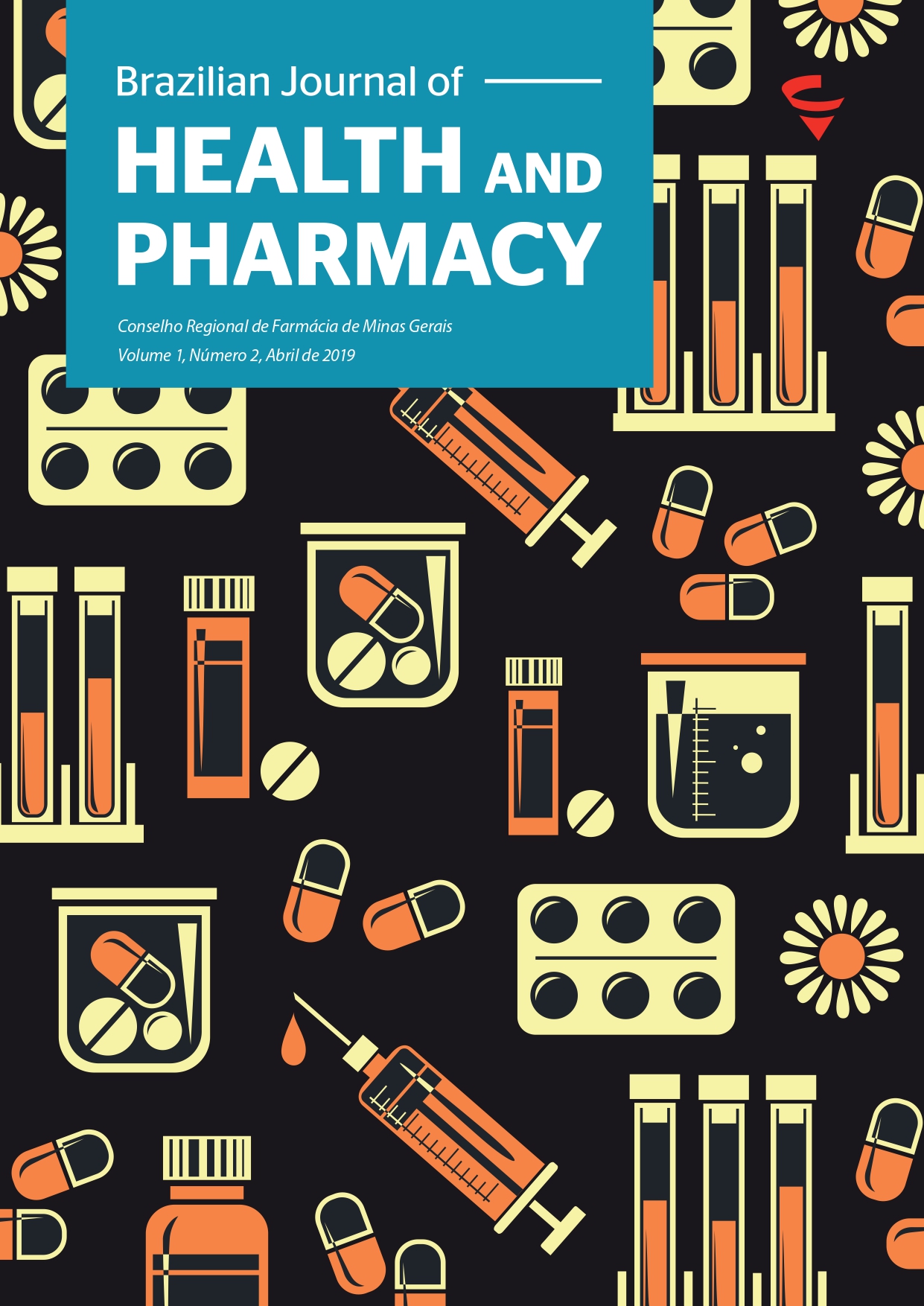Abstract
The purpose here was to analyze the drug prescription quality indicators proposed in 1993 by the World Health Organization (WHO). Held retrospective research analysis requirements of a municipality in the state of Minas Gerais. The prescriptions used for counting were chosen at random. A total of 15,040 prescriptions were recorded in November and December 2016, where it calculated the prescription indicators according to WHO recommendations. The average number of prescription medications was 2.1. Of the drugs prescribed, 86.4% belonged to the National Relation of Essential Medicines (RENAME) and 83.4% were prescribed by the Brazilian common denominator, beinglower than the goal recommendedby the WHO, which is 100%. The percentage of drugs dispensed was 80.7%, and 20.1% of the prescriptions analyzed showed an antibiotic. It is important to emphasize that studies related to medicines are important tools, since it provides information about the prescription, which directs the implementation of health policies and possibilities of intervention within the actions of pharmaceutical assistance.

